What Do Llamas Eat?
Lucas TorresThe llama is an animal of the family of Camelidae, and as well as a camel llama is unpretentious in eating. Of course, in natural conditions, where the llamas live there is no camel prickle and the llama has a completely different diet. What do llamas eat? Like all herbivores, llamas eat different herbs with great pleasure. All the more so because eating even low grass is not a problem for them. They think that the fern is the favorite delicacy of a llama. Due to their relatively short legs and long neck, llamas can pinch grass standing full height and at the slightest danger, they can quickly flee. The herbaceous plants that eat llamas have enough nutrients, trace elements, and minerals to compensate for the energy used in their daily active life. Llamas live in arid climates and they get all the liquid they need from the greens, so eating juicy foods protects their bodies from dehydration. Depending on their age, their diet differs slightly. Young llamas prefer juicier food, which promotes their growth and normal development. Llamas are happy to eat cereal plants that have more nutrients.
What do llamas eat in nature?
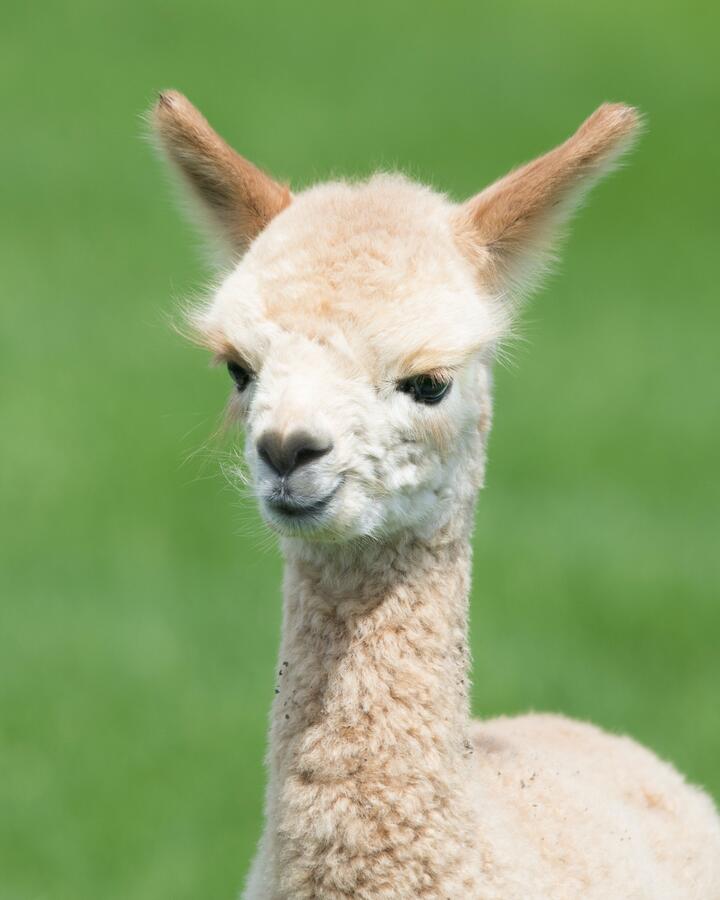 Photo by LARAINE DAVIS on pexels
Photo by LARAINE DAVIS on pexelsLlamas are not fastidious animals, their usual food is grass and cereals growing in the mountainous areas of South America. At a time when fresh grass disappears, they switch to more accessible food, usually leaves and branches of evergreen bushes of Parastrephia and Baccharis. When none of these are missing, they eat moss or lichen and do not abandon the roots of plants.
Llama’s chewing teeth are quite powerful and they can chew not only soft fresh grass, but also dried up leaves, fruits, and even thin branches. Llama stomachs and the food they absorb is carefully digested.
Llamas have an increased ability to digest food in principle so that the animal can digest both branches and other unusual food. And since the llama is a ruminant animal, it constantly grabs and chews everything it gets.
What do llamas like to eat?
Llamas kept at home, like any other cattle, are usually fed with grass and hay. About 3 kg of hay is enough for an adult llama per day. Llamas easily get used to new types of grass, hay, and other food, so there are no problems with keeping them at home.
As an additive to hay, they are given oats or other grains, vegetables, fruits, and sometimes bread. No llama will give up the appetizing crust of bread or baton.
Scientific studies have determined that the daily food volume of a llama is between 1.8% and 2% of its weight. Domestic llamas need constant access to fresh water. Usually, two to three liters of water per day is enough for a Llama, a little more on particularly hot days.
What do llamas eat in the zoo?
Usually, this question is asked by children who go to zoos and want to feed the animals. In many zoos, it is forbidden to feed the animals, but in some zoos, they sell small bags with food allowed for feeding. Know that llamas are especially fond of cabbage, carrots, and bread.
It should be kept in mind that llamas like camels are ruminants and their mouth is almost always full of saliva, and when they do not like something, they can easily spit, and very accurately hit the face. Therefore, it is better to keep a distance from them.
What Do Llamas Eat in the Wild?
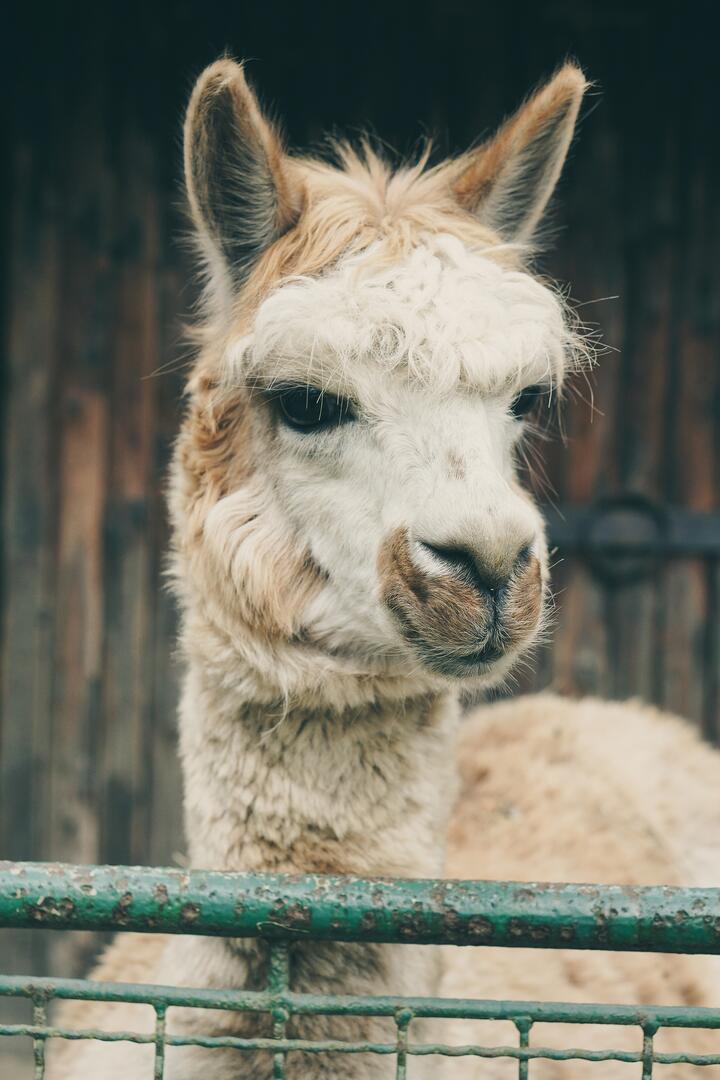 Photo by Pixabay on pexels
Photo by Pixabay on pexelsLlamas can be found in both the Savanna and Extreme Hilltop biomes. They come in different colors and can be very hard to tame. They will not eat food unless they are hungry. Feeding them with hay or wheat bales is an easy way to tame them. Llamas are known for being very gentle and do not ingest any of the plants they eat.
Llamas are not picky eaters, so you do not need to worry about giving them treats and chocolates every day. In addition, they will only eat a certain type of food at a time. Their diets are based on grass, hay, pellets, and hay. Because they only have bottom teeth, it is best to cut up their treats so that they can eat them without difficulty.
Llamas eat grass and other plants that grow in their natural habitat. The grass is the staple diet of llamas in most areas of South America, so they can live off the land for a long time. During dry seasons, they switch to bushes, moss, and lichen, but they do not ingest the roots of plants. Instead, they eat the leaves and thin branches of plants, which means that they can eat a variety of foods.
Llamas also eat hay and grass, but they must be supplemented with vegetables and fruit. They can survive for a long time without water, so if you keep your llama in a warmer climate, you will need to make sure they get a regular freshwater supply. However, in cold climates, you will want to give them plenty of hay and grass every day.
Besides grass, llamas also eat fruits. Since they only have lower teeth, they cannot chew other kinds of food. Their only option is to eat apples and other similar fruits. If you can’t find any fruit or vegetable, you can buy a llama with lower teeth. If you can’t afford this, don’t let your llama enjoy your treat.
Llamas eat a variety of plants. Their main diet consists of grasses and other green plants. They will also occasionally graze on fruit but shouldn’t eat it every day. The sugar in fruit can cause digestive problems. Llamas’ diet should consist of a mixture of grasses, legumes, and hay. If your llama is pregnant, you can increase the amount of grass in her diet by 5% to 7%.
Generally, llamas eat grass and hay. Although they do eat some fruit, llamas don’t eat much more than this. They prefer to graze on grasses that are available. They can also graze on grains and acorns. The key to feeding llamas is to keep them healthy and happy. Llamas aren’t fussy eaters, but they do appreciate treats.
Llamas are not fussy animals. In the mountainous regions of South America, they mostly eat grass. When fresh grass doesn’t grow, llamas will turn to other foods. In winter, they often eat moss and lichen, but they will never abandon their roots. Llamas do not have front teeth, so they have to be fed small pieces. They are also a vegetarian, which means they have limited diets.
Llamas are not fussy animals. In the mountains of South America, they typically eat grasses and hay. But they do occasionally eat moss and lichen. They don’t usually eat roots but do eat leaves and branches in the form of hay. They also eat some fruits. They can eat grasses, but they are most often vegetarian.
In addition to grasses and hay, llamas are also known for their love of treats. They will happily eat fruit, vegetables, and Christmas trees. But their favorite treats are carrots and celery. They don’t like fish, but they will eat the nuts and seeds in large quantities. They don’t eat peanut butter, but they do graze on the leaves of some types of plants, such as bushes and weeds.
Llamas eat a wide variety of plants, including grasses and shrubs. Their diets also contain lichens and fungi. During the winter, llamas graze on trees and shrubs. If they are kept in captivity, they are often fed hay and grass. If you are interested in learning more about what llamas eat, check out the following sources.
- WildlifeWhat Monkey Has A Red Bottom? Monkeys With Red Bottom
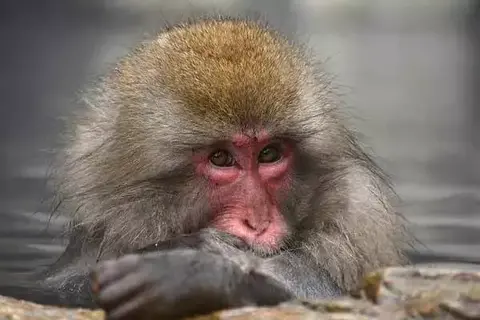
- WildlifeInteresting And Surprising Facts About A White LionBy Evelyn Star
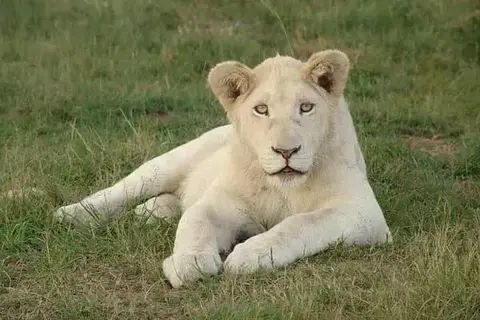
- DogsTips For Traveling On The Road With Your DogBy Amelia B
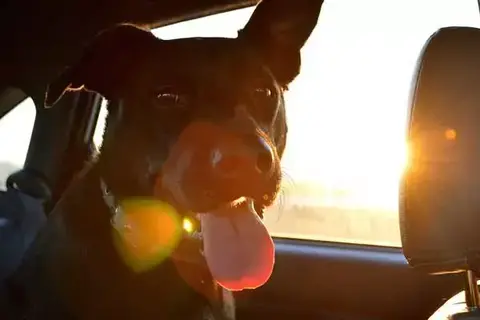
- BirdsWhere Parrots LiveBy Karla Miller
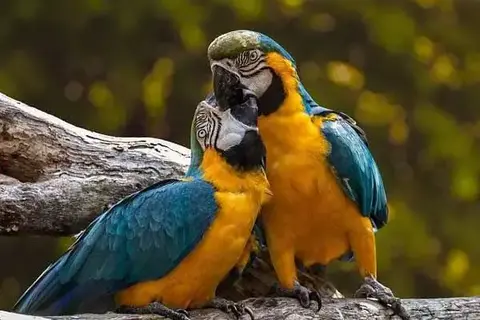
- DogsCan We Prevent Cancer In Dogs?By Noah Young
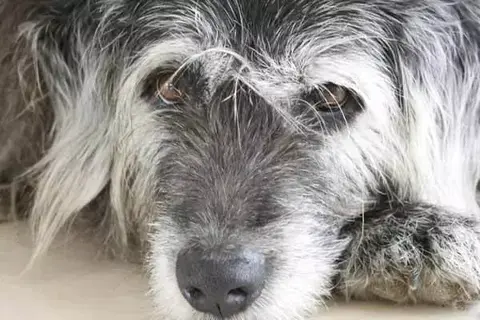
- DogsCan Chinchilla Eat Carrots?By Karla Miller
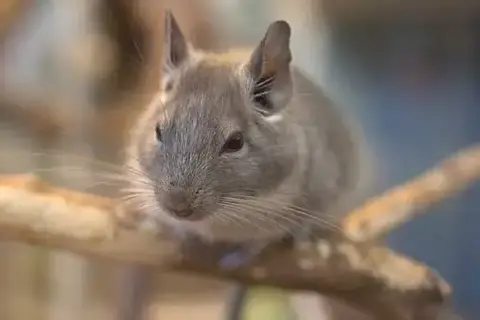
- DogsDogs That Dig FurnitureBy Amelia B
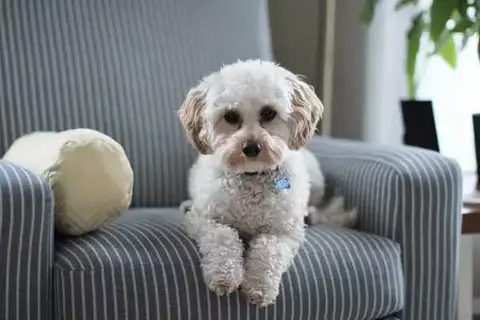
- CatsThe Ice-Cold Kittens Were Rescued With CoffeeBy Noah Young
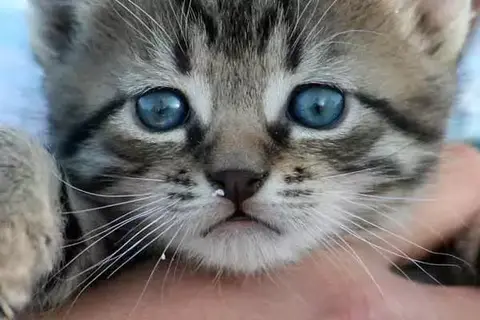
- RodentsHow Long Do Guinea Pigs Live Indoors?By Karla Miller

- Birds50 Interesting Facts About CockatooBy Khai Dove
